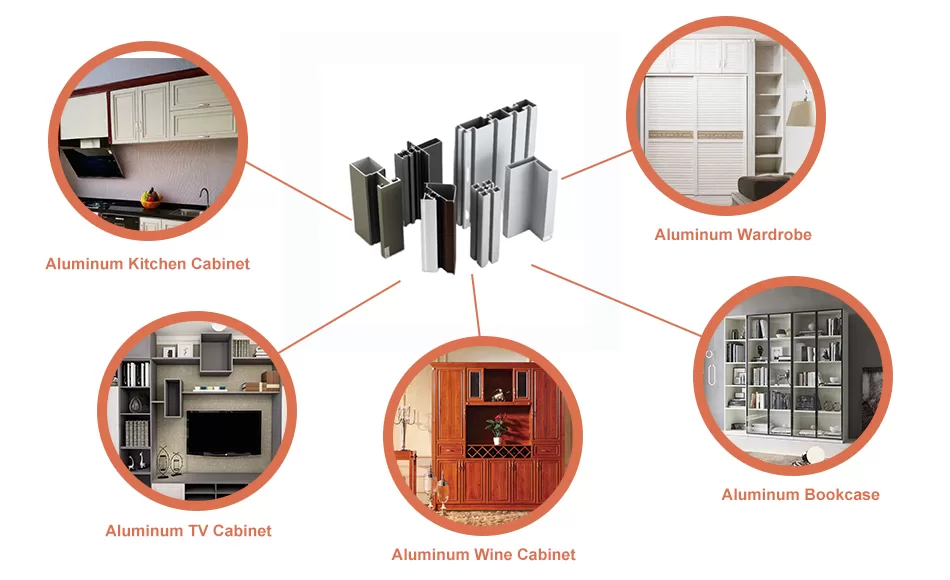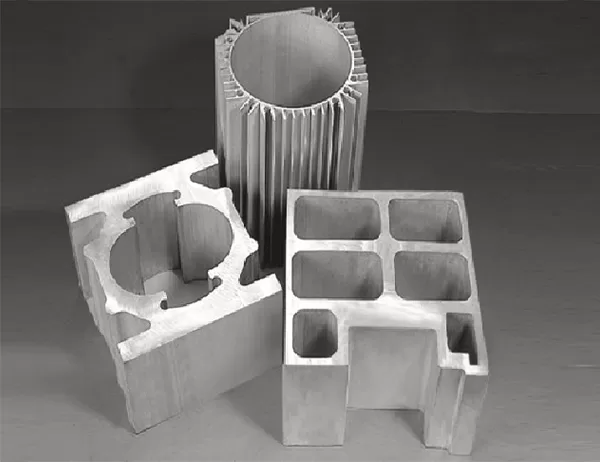Extruded aluminum pipes are versatile and durable materials that can be used in a wide range of design projects. From industrial applications to home décor, these pipes offer numerous advantages, including their lightweight, strength, and corrosion resistance. This guide will provide a comprehensive overview of how to incorporate extruded aluminum pipes into your design projects, covering various aspects to ensure successful implementation.
Design and Engineering Considerations
Structural Strength: Extruded aluminum pipes possess excellent strength-to-weight ratio, making them suitable for load-bearing applications. Consider the load requirements and safety factors to determine the appropriate pipe size and wall thickness.
Corrosion Resistance: Aluminum’s natural oxide layer provides excellent corrosion resistance, making it ideal for outdoor or humid environments. However, anodized or coated aluminum pipes can further enhance their resistance to harsh conditions.
Thermal Conductivity: Aluminum has high thermal conductivity, allowing extruded aluminum pipes to effectively conduct heat. This property can be beneficial in heating or cooling systems, such as heat exchangers.
Manufacturing and Fabrication Techniques
Extrusion Process: Extruded aluminum pipes are manufactured by forcing molten aluminum through a die, creating a continuous, uniform shape. This process allows for precise dimensional control and complex cross-sectional profiles.
Machining and Bending: Extruded aluminum pipes can be machined, drilled, tapped, and bent to create customized shapes and connections. CNC machining ensures accuracy and repeatability, while bending requires specialized equipment to maintain the pipe’s structural integrity.
Welding Techniques: Aluminum pipes can be welded using various methods, such as TIG, MIG, and plasma arc welding. Proper weld preparation, joint design, and heat management are crucial for high-quality welds.
Applications and Design Inspiration
Industrial Applications: Extruded aluminum pipes are widely used in industrial settings, including machinery frames, conveyor systems, and fluid handling applications. Their durability and strength make them ideal for demanding industrial environments.
Architectural Elements: In architecture and design, extruded aluminum pipes serve as structural supports, railings, canopy frames, and decorative accents. Their sleek and modern appearance complements various architectural styles.
Home Décor and Furniture: Aluminum pipes can add an industrial or modern touch to home décor and furniture designs. They can be used as lighting fixtures, table legs, shelving systems, and decorative elements.
Finishing and Aesthetic Options
Anodizing: Anodizing is an electrochemical process that creates a protective oxide layer on aluminum. It enhances corrosion resistance and provides a wide range of color options to complement any design scheme.
Powder Coating: Powder coating involves applying a dry powder to the aluminum surface and then baking it to form a durable, colored finish. It offers excellent resistance to UV radiation and abrasion.
Paint: Aluminum pipes can be painted using specialized paints designed for metal surfaces. This allows for a wide range of colors and finishes to match specific design requirements.




